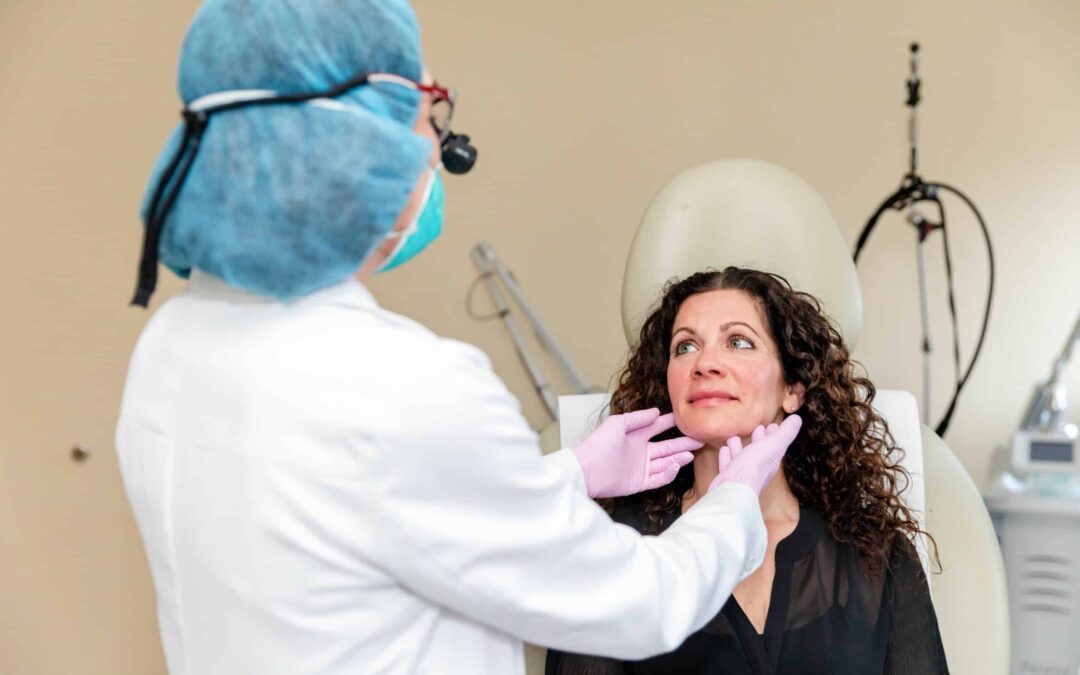Introduction:
In the pursuit of a more youthful appearance, advancements in cosmetic surgery have introduced a spectrum of options catering to diverse needs and preferences. Among these, the mini facelift has emerged as a popular choice for individuals seeking subtle yet effective rejuvenation without the extensive downtime associated with traditional facelift procedures. In this comprehensive guide, we delve into the intricacies of the mini facelift, exploring its methodology, benefits, and potential drawbacks.
Understanding the Mini Facelift: The mini facelift, also known as a short scar facelift or minimal access cranial suspension (MACS) lift, is a less invasive alternative to the traditional facelift. This procedure is designed to address mild to moderate signs of aging in the lower face and jawline, providing patients with a refreshed and rejuvenated appearance. Unlike its more extensive counterpart, the mini facelift targets specific areas of concern while minimizing scarring and reducing downtime, making it an attractive option for individuals seeking subtle enhancements with natural-looking results.
Methodology:
The mini facelift procedure begins with the administration of anesthesia to ensure the patient’s comfort throughout the surgery. Once sedated, the surgeon makes discreet incisions, typically located around the ears or along the hairline, to access the underlying facial tissues. These incisions are shorter than those used in traditional facelift procedures, resulting in minimal scarring and a quicker recovery time. Through these incisions, the surgeon lifts and tightens the underlying muscles and tissues, smoothing out wrinkles and sagging skin in the lower face and jawline. The result is a more defined jawline, reduced jowls, and improved overall facial contours.
Pros of the Mini Facelift:
1. Less Invasive: One of the primary advantages of the mini facelift is its less invasive nature compared to traditional facelift procedures. With smaller incisions and minimal disruption to the surrounding tissues, patients experience reduced post-operative discomfort and a quicker recovery time.
2. Minimal Scarring: The incisions used in the mini facelift are smaller and more discreet than those employed in traditional facelift techniques, resulting in minimal scarring. This allows patients to enjoy the rejuvenating benefits of the procedure without the worry of noticeable scars.
3. Quicker Recovery Time: Due to its less invasive nature and shorter incisions, the mini facelift typically requires a shorter recovery time compared to traditional facelift procedures. Many patients can return to their normal activities within a week or two following the surgery.
4. Customizable Approach: Despite its minimally invasive nature, the mini facelift can be tailored to address each patient’s unique concerns and goals. Surgeons can adjust the extent of the procedure and target specific areas of the face to achieve optimal results that align with the patient’s expectations.
5. Natural-looking Results: When performed by a skilled and experienced surgeon, the mini facelift can produce natural-looking results that enhance the patient’s appearance without appearing overdone or unnatural. By lifting and tightening sagging tissues, this procedure restores a more youthful contour to the face while preserving the individual’s unique features.
Cons of the Mini Facelift:
1. Limited Correction: While this facelift is effective for addressing mild to moderate signs of aging in the lower face and jawline, it may not provide sufficient correction for individuals with more advanced aging concerns or significant sagging in the mid-face or neck.
2. Temporary Results: Like all facial rejuvenation procedures, the results of the mini facelift are not permanent and will gradually diminish over time as the aging process continues. While patients can expect long-lasting improvements, additional maintenance treatments may be necessary to maintain optimal results.
3. Potential for Unrealistic Expectations: While this facelift can produce noticeable improvements in facial appearance, it is essential for patients to have realistic expectations about the outcomes of the procedure. While the surgery can enhance the contours of the lower face and jawline, it cannot halt the aging process altogether or address significant lifestyle factors such as sun damage or smoking.
4. Cost: While generally less expensive than traditional facelift procedures, the mini facelift is still a surgical procedure that can be costly, particularly when factoring in surgeon’s fees, anesthesia, facility fees, and post-operative care. Patients should consider the financial investment involved and explore financing options or payment plans if necessary.
Conclusion: This facelift offers a less invasive yet effective solution for individuals seeking subtle rejuvenation of the lower face and jawline. By targeting specific areas of concern with smaller incisions and minimal disruption to surrounding tissues, this procedure provides natural-looking results with minimal scarring and downtime. While it may not be suitable for everyone, the mini facelift can be an excellent option for individuals looking to refresh their appearance without undergoing more extensive surgery. Ultimately, individuals considering facial rejuvenation should consult with a qualified and experienced plastic surgeon to determine if the mini facelift is the right choice for their needs and goals.

